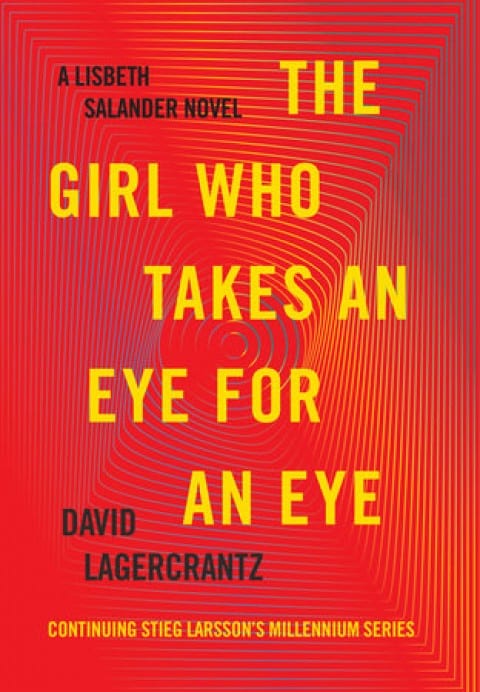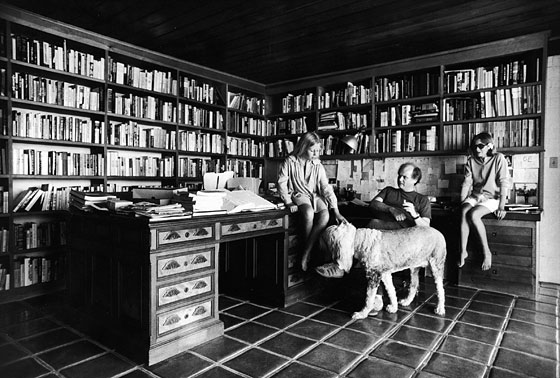Another Crime Has Been Committed in Bucolic Scandinavia

In 1976, soon as the school year ended, we drove nonstop from Peoria, Illinois to Seattle, Washington, loaded our truck and ourselves on a ferry and exited at Haines, Alaska–that part of Alaska that looks like it should be part of Canada. This trip culminated two years of planning without the use of the internet. We were going to be gone a month and it was the height of the oil pipeline boom. We had maps, had wrapped the underside of the truck with padding to protect the workings of the truck from rocks as they bounced up from the unpaved roads, had purchased backpacks, sleeping bags, flashlights, parkas–we thought we were prepared for every eventuality except days and days of rain spent in the bed of the truck covered with a thin aluminum shell. What to do to pass the time? Head to the nearest book shop and Alan and I discovered a love for Sherlock Holmes.
How often have I said to you that when you have eliminated the impossible, whatever remains, however improbable, must be the truth?
You see, but you do not observe. The distinction is clear.
The game is afoot. Not a word! Into your clothes and come!
I was hooked on mysteries.
I went on to read Agatha Christie, Dorothy Sayers, Nevada Barr, Sue Grafton, Wilkie Collins and a multitude of others. If I was up for an intellectual challenge, I’d choose English authors, and if I wanted a diversion, I’d choose American authors. Then I discovered Scandinavian mystery authors: Mankell Henning, Jo Nesbo, Peter Hoeg, and of course Stief Larsson and David Lagercrantz. Why I am drawn to these novels as millions of other people? I tend to think of the Scandinavian countries as idyllic, tranquil, peaceful, orderly and then the Nordic grimness begins–often on the opening page. Bloodied corpses turning up in bucolic settings in the middle of a snow covered field, edge of a remote lake, or on a country farm are far creepier than a corpse turning up in the back alleys of LA or New York.
Atmosphere is everything.
Larsson created THE protagonist: Lisbeth Salander. He fashioned a unique psychological profile for her: complicated and arresting. He took literary license when he created the character as most authors do. She’s dark, dangerous, but empathetic, and believes in revenge. Lagercrantz was chosen by Larsson’s estate to continue the series of books. I was skeptical, but Lagercrantz has continued the noir climate and the goth gladiator with the dragon tatoo to my satisfaction until now.
Salander’s on a quest for her origins and who made what decisions in her life without her permission and Bloomkvist is given minimal information by Salander to research (she is jail) and he unearths musical prodigy twins separated at seven months. Lagercrantz weaves in jazz and cords and notes–things I am trying to understand since my son is a jazz aficionado. I tuned into Pandora and listened to all the jazz greats Lag mentions while I read the book and mused over this blog post: Django Reinhart, John Scofield, Pat Methany, and Mike Stern.
Even jazz can’t help the meandering story line with Salander wandering around the pages and when she does appear she’s beaten up or is sending encrypted messages. She’s become Watson to the sluggish plot line standing on the periphery of the action. The adrenaline is missing. The “girl” is gone and instead there is someone we barely know.
Bring back the “real girl” with the dragon tattoo!
About The Author
admin
Related Posts
The Year of Magical Thinking
Bookbabes, I will truly miss the thoughtful discussion of this book. High school in the…
February 25, 2018Bread Givers Review “On the One Hand…But On the Other Hand”
This review is written for my fellow bibliophiles “The Bookbabes” to add to…
February 25, 2018

